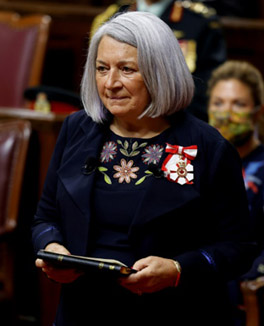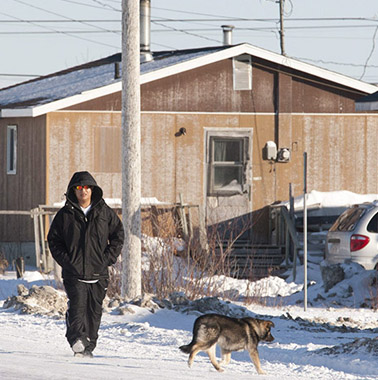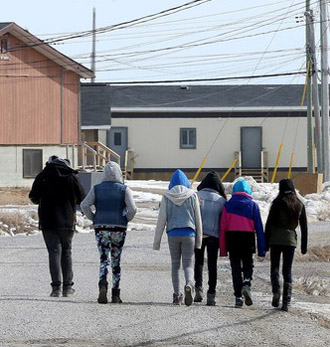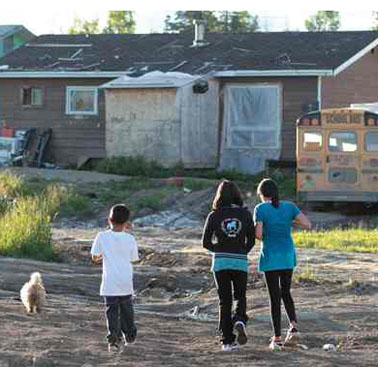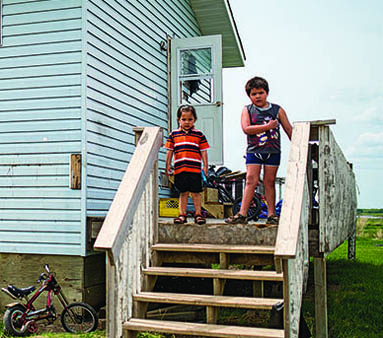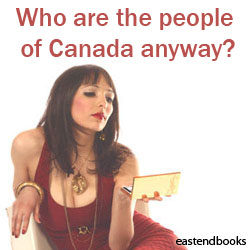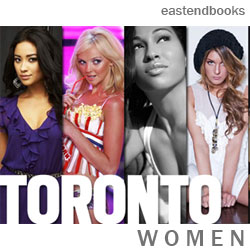Indigenous peoples and Canadian democracy – and growing numbers of young people on First Nations reserves
Jul 27th, 2021 | By Randall White | Category: In Brief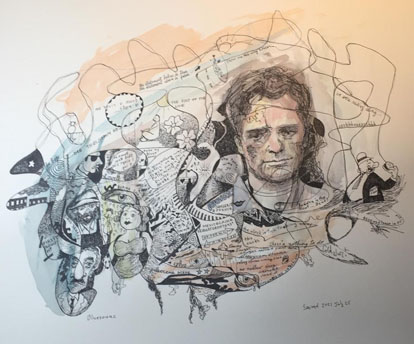
NORTH AMERICAN NOTEBOOK – RANDALL WHITE, FERNWOOD PARK, TORONTO. JULY 26, 2021. My TV set has confirmed that Mary Simon, Canada’s first Indigenous Governor General, is now properly installed in office.
My own related thoughts lately go back to June 11, when : “A new study from the non-profit Angus Reid Institute finds that one-in-five Canadians (20%) now say Indigenous issues are among their top three federal concerns … This is more than double the number who said so in March (9%), or at any time over the past year and a half.”
These numbers followed the announcement that a “ground-penetrating radar (GPR)” survey on “the grounds at the former Kamloops Indian Residential School [in BC] indicate that the remains of 215 children could be buried at the site.” Similar surveys on other former residential school sites managed to keep “Indigenous issues” prominently in the Canadian news for a while at least.
Prime Minister Justin Trudeau’s July 6 announcement that the Inuk leader Ms Simon from northern Quebec had been appointed Governor General no doubt helped bring down the political temperature of the residential school graves revelations somewhat.
Meanwhile, like many others, I have been quietly wondering whether these revelations may dramatically shift at least one branch of Canadian politics in some fundamentally new direction (as unlikely as this may be in a place where we hardly ever admit to anything fundamentally new).
As we approach the end-of-July mid-summer mark on the northern North American calendar, I seem to have two main thoughts about this question on my mind.
(1) Indigenous peoples and the broadening Canadian people in the Canadian parliamentary democracy
One undeniable harsh historical reality is underlined by the surging of the “Indigenous Residential Schools” issue in June 2021. The in some ways happy birth of Canada’s modern political democracy in the middle of the 19th century also had what we now call racist or even “white supremacist” and certainly “Britannic” cultural overtones. They did not even seriously start to disappear until the middle of the 20th century. And it may be the middle of the 21st century before we see any ultimate fruition of their gradual disappearance.
“Democracy,” that is to say, is a word with at least several large meanings. One of them involves the particular constitutional and legal institutions through which a particular UN member state’s rule by the people is expressed politically. And in Canada today the preamble to what we now call the Constitution Act, 1867 puts the matter succinctly. We have “a Constitution similar in Principle to that of the United Kingdom.” Or, in more up-to-date language we are (like India or even Ireland today) a “British-style” or “Westminster” parliamentary democracy – on a model itself set in modern motion by the English “Glorious Revolution” of 1688-1689.
Or as was said in the early 20th century Canadian politics is “American actors on an English stage.” The English stage as an early Westminster parliamentary democracy dates back to the middle of the 19th century. More exactly, 1848 – the ultimately failed Year of Revolution in much of Europe – was also the more enduring Year of Responsible Government in Nova Scotia and what was then known as the United Province of Canada (Ontario and Quebec). The same early beginnings reached Prince Edward Island in 1851 and New Brunswick in 1854.
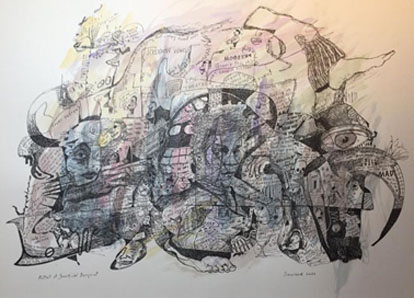
One big fly in this particular democratic ointment involves the evolution of various restrictions on just who – or, more exactly, which “British subjects” – could vote for members of the local parliament : from 1850, say, to the much more recent past. (Starting with the first Canadian Citizenship Act and the repeal of the Chinese Immigration Act in 1947, the Inuit vote theoretically in 1950, and the extension of the vote to all “Indians” off and on reserve in 1960.)
For better or worse, there is a great wealth of excellent material on both the broader and narrower subject here online. See, eg : Election Canada’s “A History of the Vote in Canada,” updated to 2020 ; “First Nations and the Right to Vote Case Study” ; “A Brief History of First Nations Voting Rights” ; “Explaining Aboriginal Turnout in Federal Elections: Evidence from Alberta, Saskatchewan and Manitoba” ; “On-Reserve Voter Turnout — 43rd General Election” ; and “On-Reserve Voter Turnout — 42nd General Election.”
I have also found John F. Leslie’s 2016 article for the online Canadian Encyclopedia on “Indigenous Suffrage” especially helpful. See as well : the online Encyclopedia’s “TIMELINE … Indigenous Suffrage” ; the Canadian Museum of History’s “Aboriginal people and the franchise” ; the late eminent political scientist Alan Cairns (1930-2018) on “Aboriginal People’s Electoral Participation in the Canadian Community” ; and Ashley Courchene ( a young Carleton University political science graduate and “Anishinaabe legal scholar” from the Sagkeeng First Nation in Manitoba) on “Election 2019: Moving beyond ‘to vote or not to vote’,” published by the Canadian Centre for Policy Alternatives.
It was of course the same early Canadian parliamentary democracy born around 1850 that established the 1867 confederation’s more general radically assimilationist (and racist and white supremacist and so forth) Indigenous peoples policy.
This was consolidated in the federal Indian Act of 1876 (still in force in a much revised form). It was expressed in its most virulent form from the 1880s to as late as the 1990s (albeit with a peak in the 1930s) in the largely church-run “residential schools … established to assimilate Indigenous children into Euro-Canadian culture.”
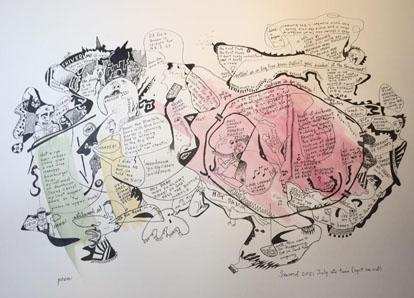
At the same time, a quite different approach to Indigenous policy in Canada set in definitively with the Pierre Trudeau federal government’s withdrawal from its assimilationist White Paper in 1969, and the subsequent guarantee of the “existing aboriginal and treaty rights of the aboriginal peoples of Canada” in section 35 of the Constitution Act, 1982.
Representatives of the major Indigenous organizations helped negotiate and signed the Charlottetown Accord in 1992 (subsequently rejected in popular referendums). And whatever else may or may not be true, there is now a major Canadian Indigenous issues consulting industry, from coast to coast to coast.
(2) On and off reserve First Nations youth in Canada are growing : what will they do?
The more I think about these larger questions on Indigenous peoples and Canadian democracy, the more I think that it really may be the middle of the 21st century before we see what some widespread modern recognition of the importance of Indigenous people in Canada’s past, present, and future might mean. (Just what will happen, eg, if and when we the very broad Canadian democratic people of today finally do recognize what Harold Innis concluded in his classic fur trade history of 1930 : “We have not yet realized that the Indian and his culture were fundamental to the growth of Canadian institutions”?)
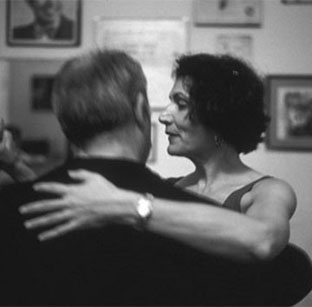
Meanwhile, it does seem to me that we have some more urgent practical problems, Canadians and Indigenous peoples alike (or, at best, Non-Indigenous and Indigenous Canadians). An accidental juxtaposition of an angry Indigenous young man from northern Manitoba on my TV and Alma Guillermoprieto’s “Confrontation in Colombia,” in the July 22, 2021 issue of the New York Review of Books, made me worry a little more about one of these practical problems.
According to Indigenous Services Canada’s Annual Report to Parliament 2020, Canadian residents identifying as Indigenous accounted for just under 5% of the Canada-wide population in the 2016 Census. About 49% of the Indigenous population were so-called “Registered Indians” under the Indian Act. About 40% of Registered Indians live “on reserve,” in one of “634 First Nation communities, which represent more than 50 Nations and 50 Indigenous languages.” And, to the point that worries me most right now : “Indigenous peoples are the fastest growing population in Canada” today and “also the youngest population … about 44% were under the age of 25 in 2016, compared to 28% of the non-Indigenous population.”
Finally, the angry Indigenous young man from northern Manitoba on my TV at least vaguely reminded me of young men in present-day conflict-torn Columbia described by Alma Guillermoprieto in the July 22 New York Review of Books. Much of what is both good and bad in Columbia’s current radical political instability flows from young men who live “in a society that made them feel like trash and offered them no hope at all.” In the more recent past they have become part of a protest culture “where every unemployed or woefully undereducated kid” has “a part to play” with “at least one good meal a day for all … and where they” can “shout their loathing for their heartless rulers 24/7, dreaming … they were free.”
The main protest tactics of these young men in Columbia involve “barricades” and “roadblocks”– not unlike what Indigenous protesters in Canada have experimented with at various points over the past few decades. The youthful Columbian protesters have also had some short-term successes : “they’ve forced the removal of the finance minister and overturned his tax bill … A chastened private sector is busily inventing job programs for the young.”
Columbia today is of course not at all like Canada today. But especially the growing young on-reserve population in Canada’s 634 First Nation communities (some of which are in deep northern wilderness locations only accessible year-round by air) strikes me as something very much worth worrying about practically. We need public policies that somehow give these young people hope. I hope there are people in both Ottawa and the provincial capitals (and of course among Indigenous leaders everywhere) trying to figure out just what to do about this. According to the still youthful Ashley Courchene “many Indigenous people do not identify as ‘Canadian’” at this particular historical moment. Canada, however, is as a practical matter still the cluster of real-world 21st century institutions most likely to improve their lot in life. And my sense is that, whatever else, especially for young people on reserves it really does need improving. Perhaps the new Governor General can somehow help a little too?
